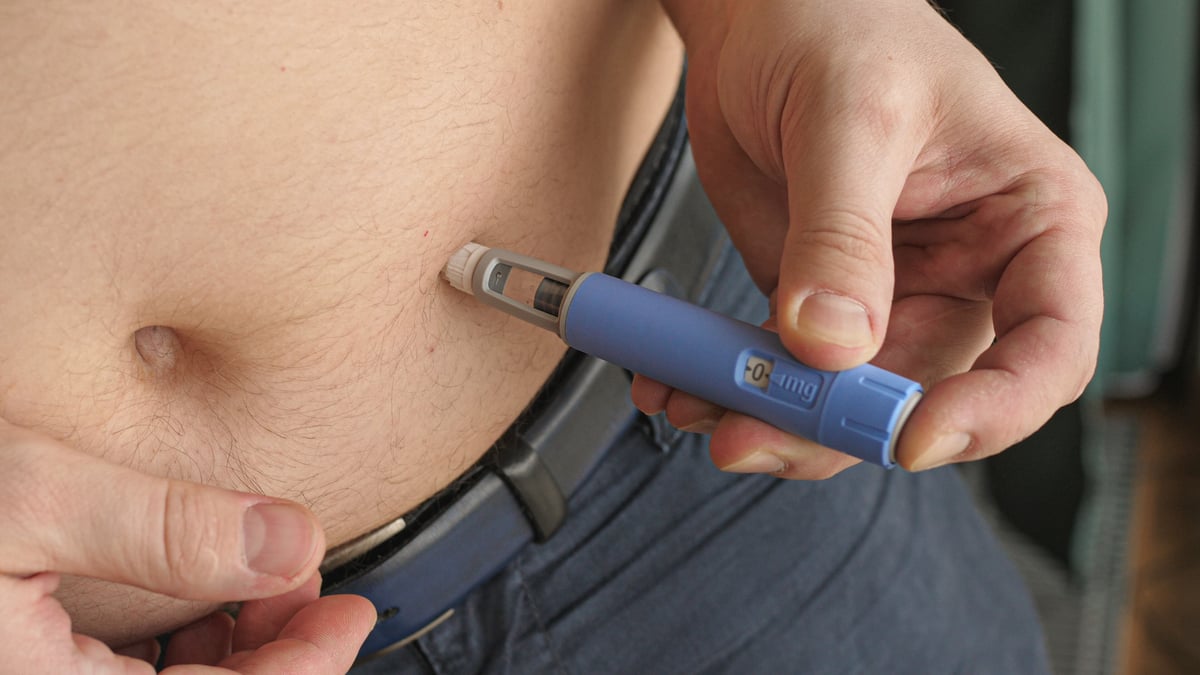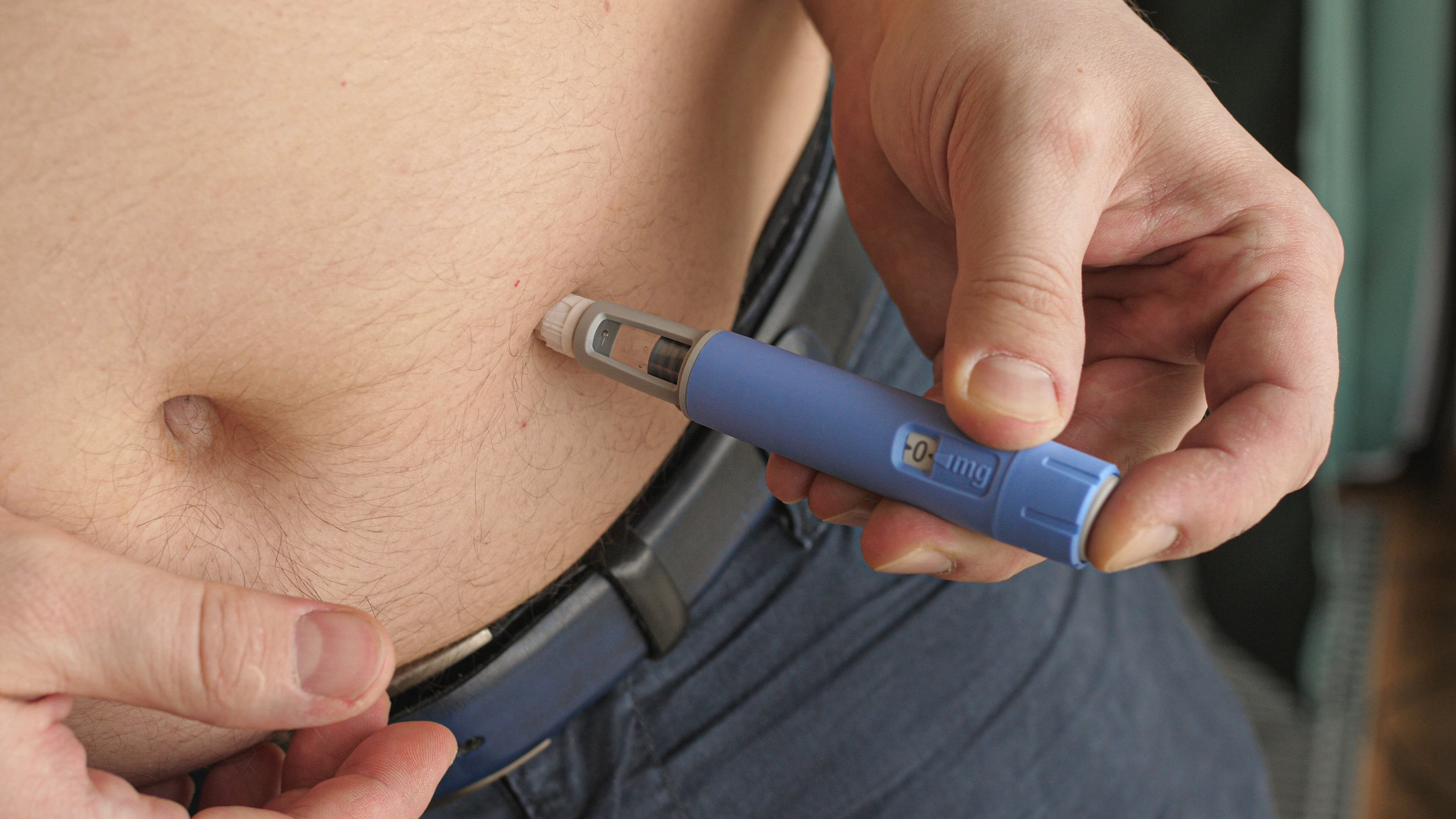Shares of Eli Lilly (LLY +1.80%) were sinking 6.3% lower as of 11:11 a.m. ET on Wednesday. The sharp decline came after the big drugmaker announced its third-quarter results before the market opened.
Lilly reported Q3 revenue of $11.4 billion, up 20% year over year. However, the consensus projection among analysts surveyed by LSEG was for revenue of $12.1 billion.
The company posted net income of $970.3 million, or $1.07 per share, based on generally accepted accounting principles (GAAP). Its non-GAAP earnings per share (EPS) was $1.18, well below the average analyst EPS estimate of $1.47.
Perhaps most concerning to investors is that Lilly slashed its full-year EPS guidance. The company now expects non-GAAP EPS of $13.02 to $13.52. It previously forecast full-year non-GAAP EPS of $16.10 to $16.60.

NYSE: LLY
Key Data Points
What's behind Lilly's disappointing Q3 update?
Type 2 diabetes drug Mounjaro and weight-loss drug Zepbound remained the brightest stars in Lilly's lineup. Mounjaro's sales more than doubled year over year to $3.1 billion. Sales for Zepbound, which won U.S. regulatory approval in November 2023, totaled $1.26 billion.
However, analysts expected a stronger performance for both products. Lilly said that U.S. sales for Mounjaro and Zepbound were "negatively impacted by inventory decreases in the wholesaler channel."
Lilly's full-year guidance cut was mainly related to the acquisition of Morphic Holdings. The company said that the deal affected acquired in-process research and development charges by $3.09 billion, or $3.33 per share.
Should you buy Lilly stock on the dip?
Lilly continues to have a massive opportunity in type 2 diabetes and obesity. Its Alzheimer's disease treatment Kisunla should become a blockbuster drug over time. The company also has a promising pipeline.
Should investors consider buying Lilly stock on the dip? I think so. The bull case for Lilly remains intact despite the company's disappointing Q3 update.





